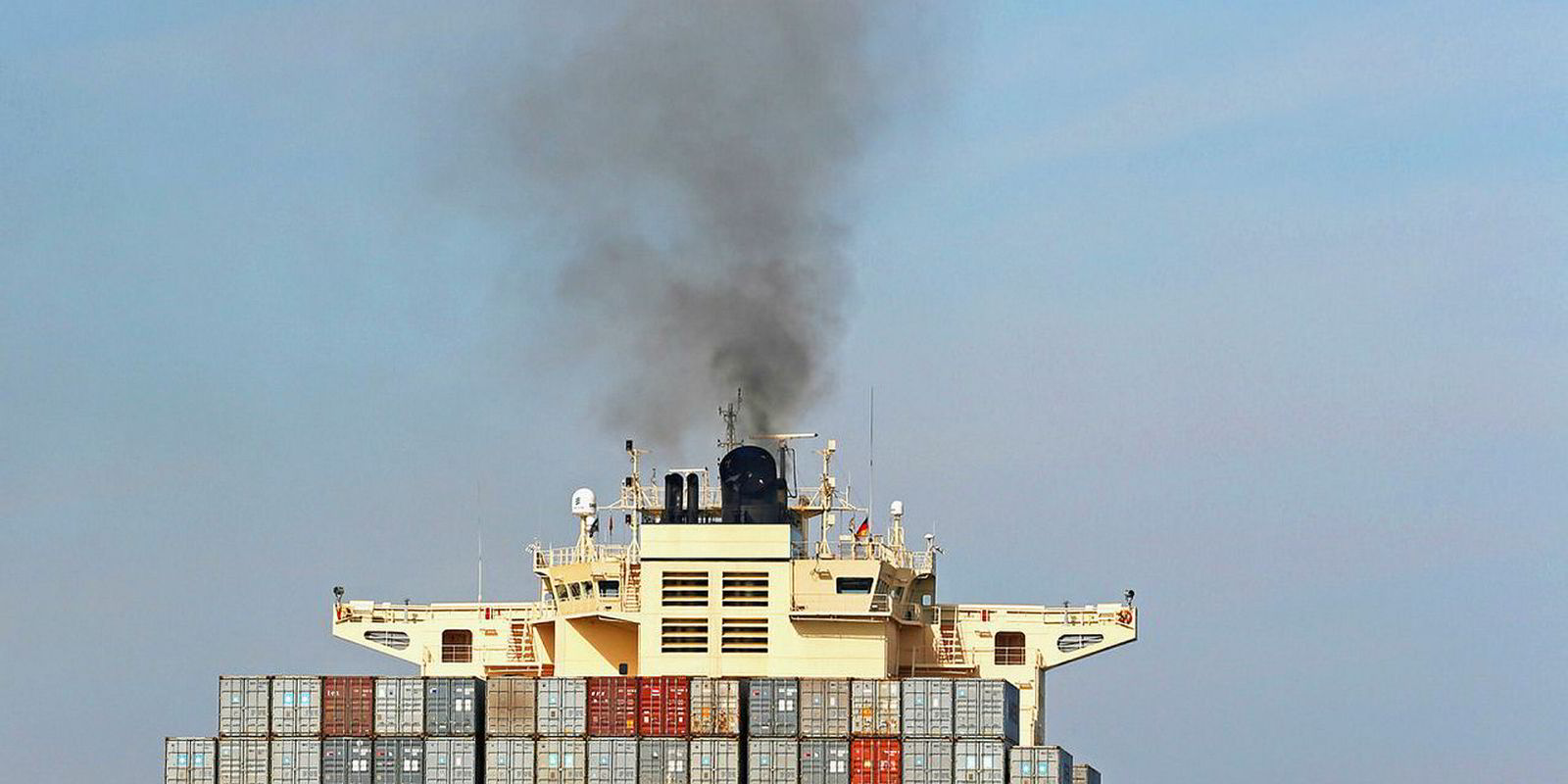Despite the impending departure of UK Prime Minister Theresa May, the government has in recent weeks launched a series of ambitious projects to combat climate change.
Unveiled by shipping minister Nusrat Ghani earlier this month, the Clean Maritime Plan calls for all new vessels ordered for use in UK waters to be designed with zero-emission propulsion capability by 2025.
In June, the UK became the world’s first major economy to pass laws to bring all greenhouse gas emissions to net zero by 2050, and the shipping proposal is expected to help the government deliver on this target.
Greener future
Brought down by her handling of Brexit, May might just have been seeking to cement some form of legacy with these environmental projects.
Still, regardless of political motives, her willingness to position the country to the fore in building a greener future deserves some applause.
The “extremely ambitious aims” are essential “if we are to meet the challenge of reducing global warming”, says UK Chamber of Shipping policy director Anna Ziou.
For the Clean Maritime Plan to have any chance of being realised, as opposed to evaporating into thin air having prompted a few good headlines, the government will, however, need to do much more — and quicker.
There are indeed some interesting initiatives promised in the plan, including a green finance scheme to be unveiled in September.

The government will also offer £1.3m ($1.61m) in funding to support maritime environmental innovations through Maritime Research & Innovation UK, a newly established research consortium comprising at least eight companies, one trade association and four universities.
These zero-emissions shipping ambitions are intended to provide aspirational goals for the sector, not mandatory targets. They can only be achieved through collaboration between government and industry
Clean Maritime Plan
In 2020, a call for evidence on non-tax incentives will be launched to drive zero-emission shipping. The UK will also establish the Maritime Emissions Regulation Advisory Service to guide those with new propulsion technologies through red tape.
Intervention
Those bodies will also likely assist the industry in developing greener marine fuels to some degree. However, moving towards zero-emission fuel requires the development of a new supply chain for bunkering — and more incentives.
While developing environmental fuels means spending a lot on research, the shipping industry will also have to adjust its mentality, and transform its infrastructure and business model before embracing a new fuel.
Most shipping companies are out for profit. Researchers at Lloyd’s Register and University Maritime Advisory Services have found that all zero-emission options will cost more than staying with fossil fuels, suggesting that government intervention would be needed to reach the climate goal.

Governments, of course, can find effective ways to fund green shipping. In nearby Norway — a leader in sustainable shipping — an NOx fund has been running for more than 10 years to finance emissions abatement measures.
The UK has announced little extra funding for its climate efforts, though. The Chancellor of the Exchequer, Philip Hammond, has reportedly estimated the 2050 goal would cost taxpayers £1trn, leaving less money for schools and hospitals.
Rogue traders
Another way to meet the target would be to tighten regulations, squeezing out less green players. Here, the UK government is also apparently pulling its punch.
"These zero-emissions shipping ambitions are intended to provide aspirational goals for the sector, not mandatory targets,” the Clean Maritime Plan states. “They can only be achieved through collaboration between government and industry.”
There are few doubts over the benefits of reducing air pollutants in shipping, when it comes to public health and fighting global warming.
In 2016, domestic shipping accounted for 11% of the UK’s total domestic NOx emissions, while those from international shipping were even higher. Domestic and international shipping together emitted 13.9 million tonnes of CO2 in 2017, 3.4% of the UK’s total.
Financial incentives
But no official emission targets have been set for UK domestic or international shipping. The national carbon budget — which establishes the legal limits for greenhouse gas emissions — does not regulate British firms' international shipping activities.
Whitehall has seldom lacked beautiful rhetoric for setting out a new policy. Yet political will and follow-up measures have not been there for a while.
An advisory body of key stakeholders from across the maritime sector, academia and government is due to review the Clean Maritime Plan in 2022. For them not to be disappointed, the government should unveil stronger financial incentives and tougher regulations in the near future.







